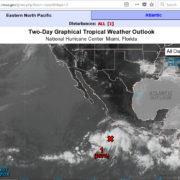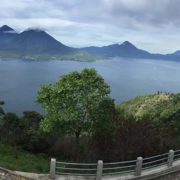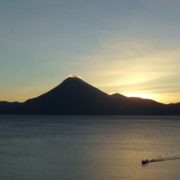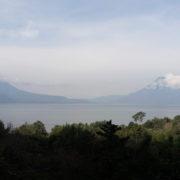Guatemala’s Volcano of Fire Erupts
Guatemala’s Volcano of Fire Erupts, Now Heavy Rain is expected over the next four days in the region where Fuego Volcano erupted. The impact of heavy rain over the few days has the potential of producing Mud Slides. The Mud Slides would follow the path of destruction left by the Fuego Eruption.
Volcán de Fuego, Sierra Madre, Central American Ranges, Guatemala Mountain weather forecast for 3763m.
Copyright https://www.nhc.noaa.gov/
Guatemala’s Volcano of Fire Erupts

Guatemala’s Volcano of Fire Erupts
Tropical Weather Outlook NWS National Hurricane Center Miami FL 1100 AM PDT Tue Jun 5 2018 For the eastern North Pacific...east of 140 degrees west longitude: 1. Showers and thunderstorms associated with an area of low pressure located a few hundred miles south of Manzanillo, Mexico, are becoming better organized. In addition, satellite images indicate that the circulation of the system is now better defined. Continued development of this system is expected, and it will likely become a tropical depression later today or tonight while it moves slowly westward to west-northwestward south of the coast of Mexico. * Formation chance through 48 hours...high...near 100 percent. * Formation chance through 5 days...high...near 100 percent. 2. An area of low pressure is expected to form late this week a few hundred miles south of the Gulf of Tehuantepec. Upper-level winds are forecast to gradually become more favorable for development, and a tropical depression could form over the weekend while the system moves slowly west-northwestward. * Formation chance through 48 hours...low...near 0 percent. * Formation chance through 5 days...medium...50 percent.
Volcán de Fuego (Spanish pronunciation: [bolˈkan de ˈfweɣo]; Spanish for “Volcano of Fire”, often shortened to Fuego) or Chi Q’aq’ (Kaqchikel for “where the fire is”) is an active stratovolcano in Guatemala, on the borders of Chimaltenango, Escuintla and Sacatepéquez departments. It sits about 16 kilometres (9.9 mi) west of Antigua, one of Guatemala’s most famous cities and a tourist destination. It has erupted frequently since the Spanish conquest, most recently in June[3][4][5] and November 2018.
Fuego is famous for being almost constantly active at a low level. Small gas and ash eruptions occur every 15 to 20 minutes, but larger eruptions are rare. Andesite and basalt lava types dominate, and recent eruptions have tended to be more mafic than older ones.[8]
The volcano is joined with Acatenango and collectively the complex is known as La Horqueta.




 Lake Atitlan Tours
Lake Atitlan Tours 

 Guatemala Tours and Travel Services
Guatemala Tours and Travel Services 
